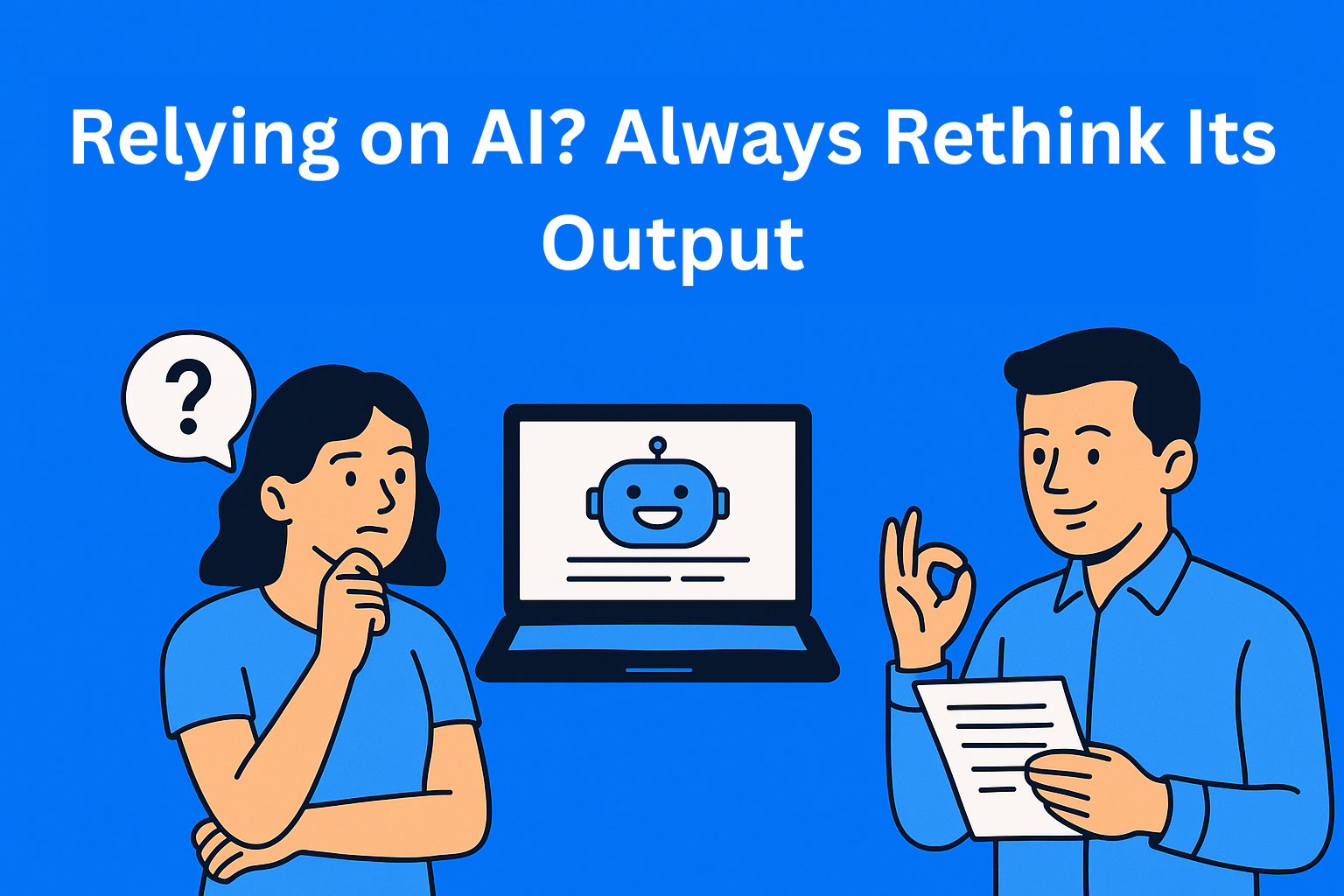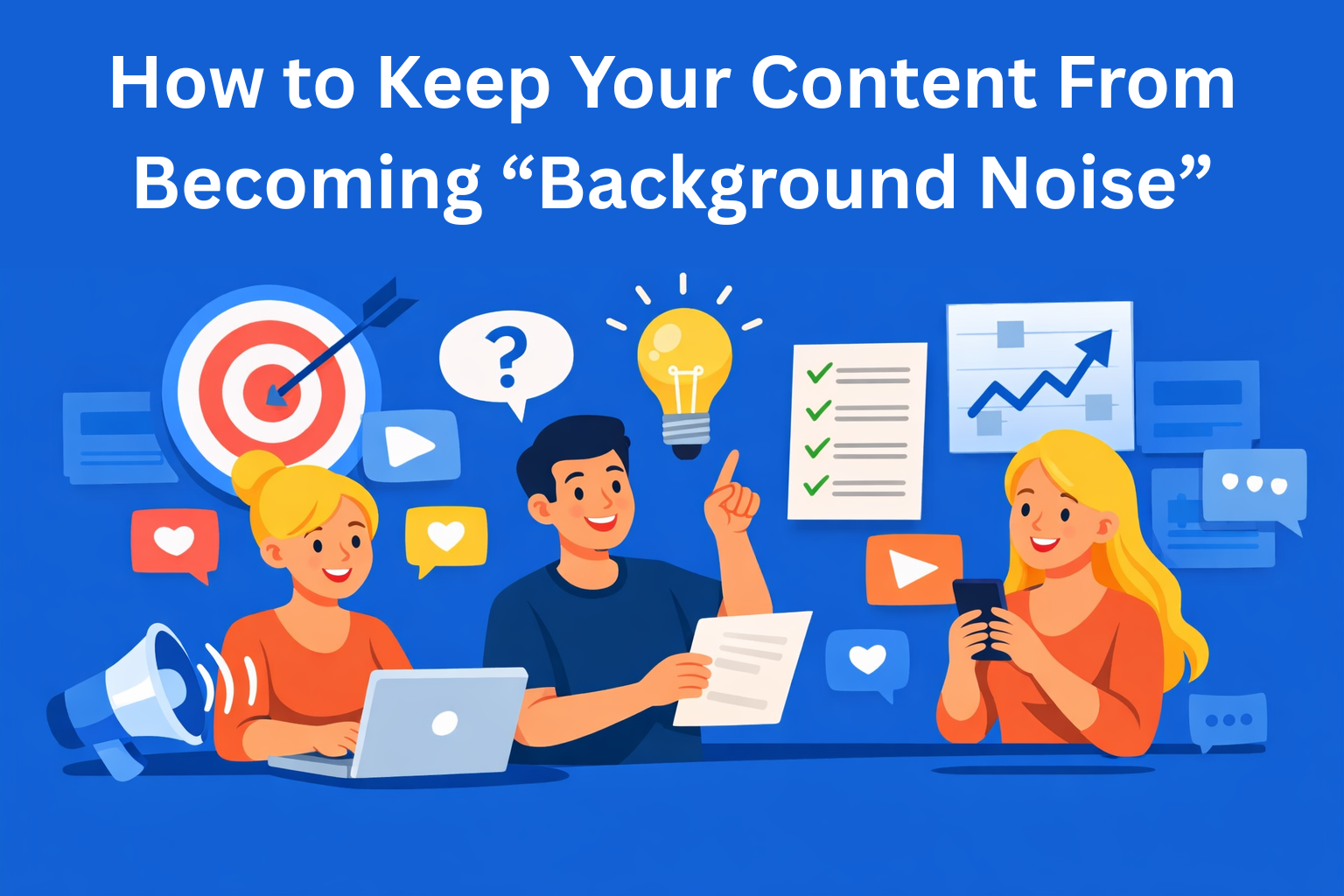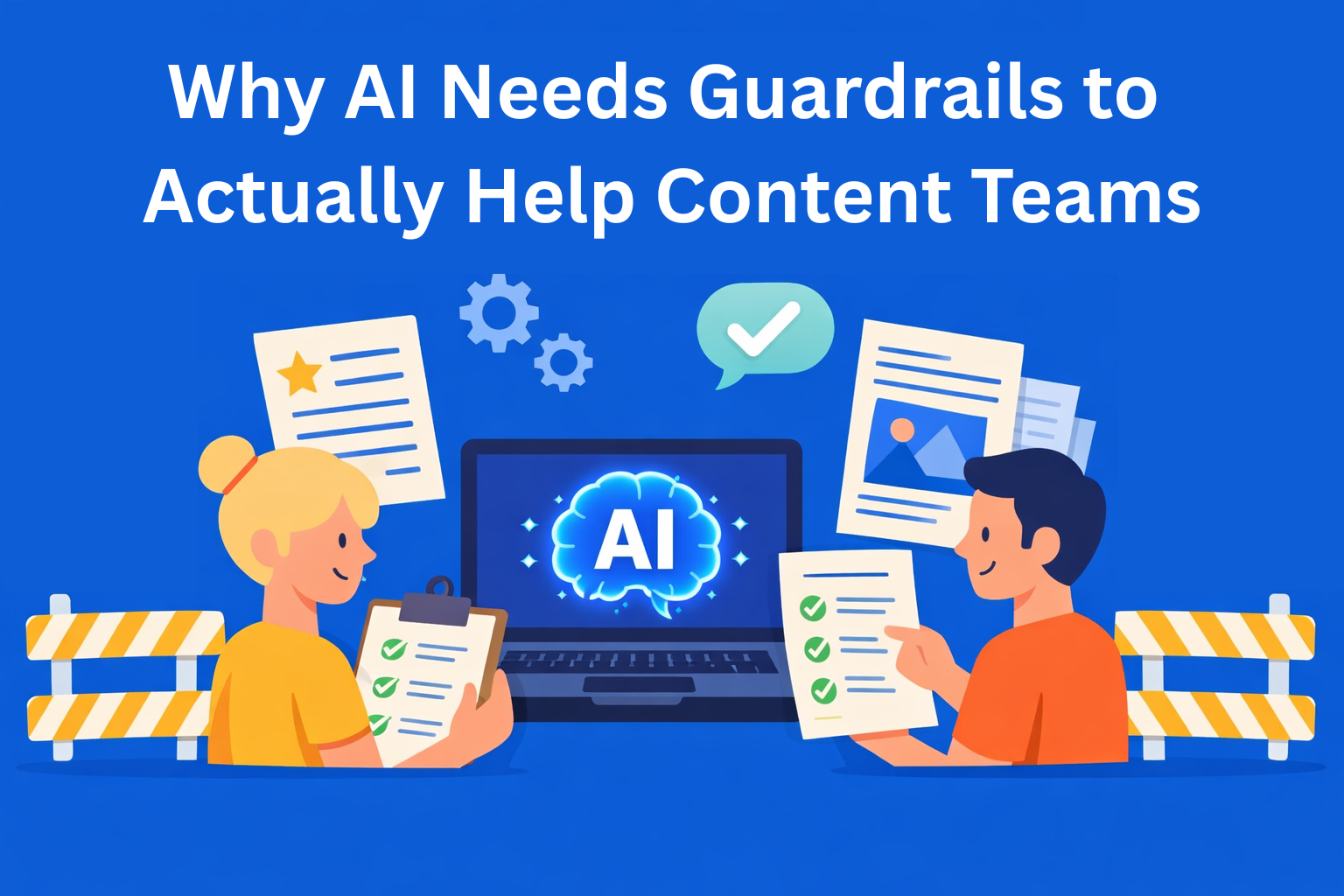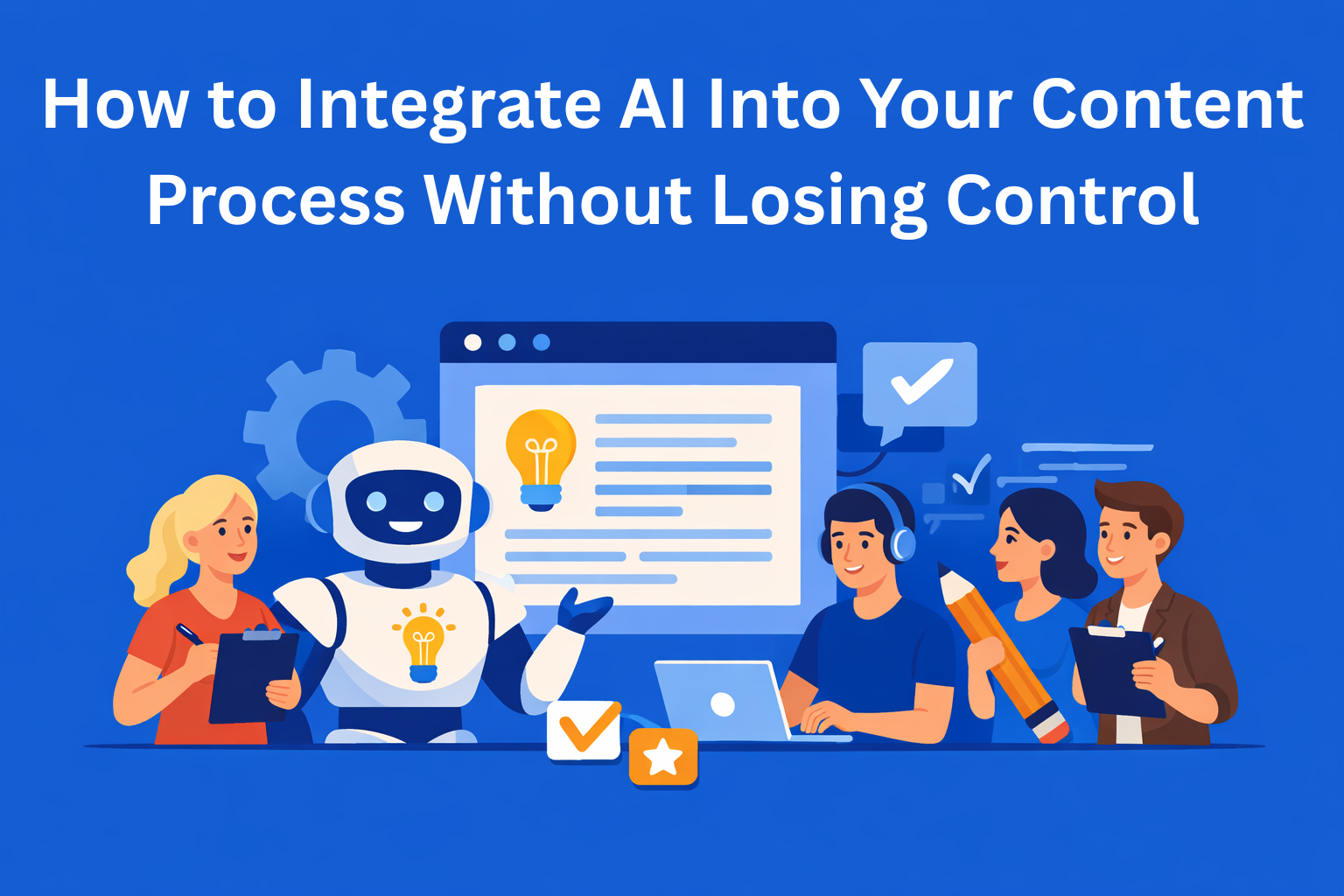The More You Rely on AI, the More Important It Is to Rethink Everything It Gives You
AI can speed things up, but without your editing, it’s just a rough draft. Learn how to spot what works, cut what doesn’t, and shape content that actually sounds like you. AI is the tool, you’re the voice.

More and more people are using AI while they work. And honestly, it helps a lot. It's easier to start, you write faster, and it can get you out of a creative block. Sometimes, you even get a decent idea or structure. But the more you use AI, the more you need to think about what it actually gives you. The more you rely on it, the more important it is to go over everything it spits out.
Key Takeaways
- AI gives you raw material, not a final product - It can help you start, but it’s your job to shape the content into something meaningful and useful.
- Don’t publish without editing - AI doesn’t know your tone, your audience, or your purpose. Always rewrite, cut fluff, and add clarity.
- Use a clear process - Let AI write the first draft, then you refine the tone, add real examples, and make it sound human.
- Know what to keep and what to toss - Keep solid structure or intros, but remove vague, bland, or overly generic parts that don’t add value.
- AI is your assistant, not your voice - Speed means nothing without quality. You’re still the one responsible for how it all turns out.
AI gives you a starting point, not the final product
A lot of people think that whatever AI gives them is ready to publish. It’s not. What it gives you is just raw material. Like a chunk of stone before it becomes a sculpture. It might look okay, but it’s far from done until you shape it.
AI doesn’t know what you really want to say. It doesn’t know your audience. It doesn’t know your tone. It just tries to guess based on a mountain of data and gives you something that "sounds right." But what "sounds right" often ends up being a pile of nicely worded fluff. That’s why editing AI content is such a crucial step if you want real quality.
It's your job to do the thinking
Imagine AI writes a blog post for you. You read it and think, "Yeah, not bad." But when you look closer:
- The tone doesn’t sound like you.
- There aren’t any real examples.
- It’s full of generic phrases that don’t say much.
Your job isn’t to shrug and hit publish. It’s to ask: "Is there actually anything useful here?" If something doesn’t clearly belong - delete it. If you can say it better - rewrite it. If something’s missing - add it.
That’s why it’s important to never take AI text at face value. It helps you get started, sure. But you’re the one who needs to take control.
Rethinking is part of the process
The best results come when you follow this simple process:
- AI writes - you get the first draft.
- You edit - remove fluff, tweak the tone, add examples.
- Final version - make it sound natural, make it flow, and make it yours.
It’s like painting. AI is the brush, but you're the one adding the color, the shadows, the depth. Without us using our hands (and creativity), the brush doesn't really do too much on its own.
What to keep, what to toss
Some parts of an AI draft can actually be useful. Like a solid title, a clear structure, or a punchy intro that sets the stage.
But then you’ll hit stuff that needs to go: lines that sound like ads, sentences that are vague and don’t explain anything, or sections that just feel bland and don’t hold attention. These need to be rewritten with sharper language, clearer points, or something more engaging.
Real quality comes when you treat AI as the starting line - then run the rest of the race with your own voice, knowledge, and intent.
Conclusion
If you want AI to truly help you, treat it like a tool, not a writer. It’s fast, but it doesn’t understand context. It knows how things should look, but not why they matter. And the more you lean on it, the more careful you need to be with how you use it.
At the end of the day, AI can give you a decent draft - but you're the one who makes it good.
So next time you use AI to write something, don’t just copy and paste. Read it carefully. Think about whether it really fits. And don’t be afraid to cut or rewrite anything that doesn’t sound right.






